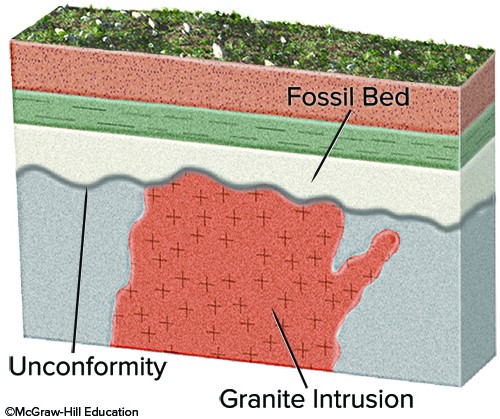Russia and then the Soviet Union repeatedly triumphed over powerful invaders, often losing territory and battles early on, but eventually inflicting a crushing and decisive defeat to invaders. List some of the reasons for this success:
environmental rigors (particularly, the brutal Russian winter)
overwhelming distances of a huge country with poor roads
defenders' love of their homeland
talented Russian military leadership
willingness to lose great numbers of soldiers in combat
scorched earth tactics
You might also like to view...
Anticyclones generally bring clear skies and calm conditions because
A) a strong polar front keeps cold air well to the north. B) adiabatic cooling prevents condensation and latent heat release. C) adiabatic warming prevents condensation and latent heat release. D) adiabatic warming promotes condensation and latent heat release.
Northern ________ does not have desert climate
A) Niger B) Mali C) Democratic Republic of the Congo D) Chad
What would fossil ages from the geologic timescale and an isotopic age on the granite tell us about the age of the unconformity?
A. It is not possible to have fossils preserved so close to granite. B. The unconformity is older than the age assigned to the fossils. C. The granite is younger than the unconformity. D. The unconformity is older than the isotopic age of the granite. E. None of these choices are correct.
Mafic magmas
A. are viscous and do not flow easily. B. may contain up to about 75 percent SiO2 by weight. C. result in less violent eruptions than felsic to intermediate magmas. D. tend to inhibit passage of gas that tries to escape through it.